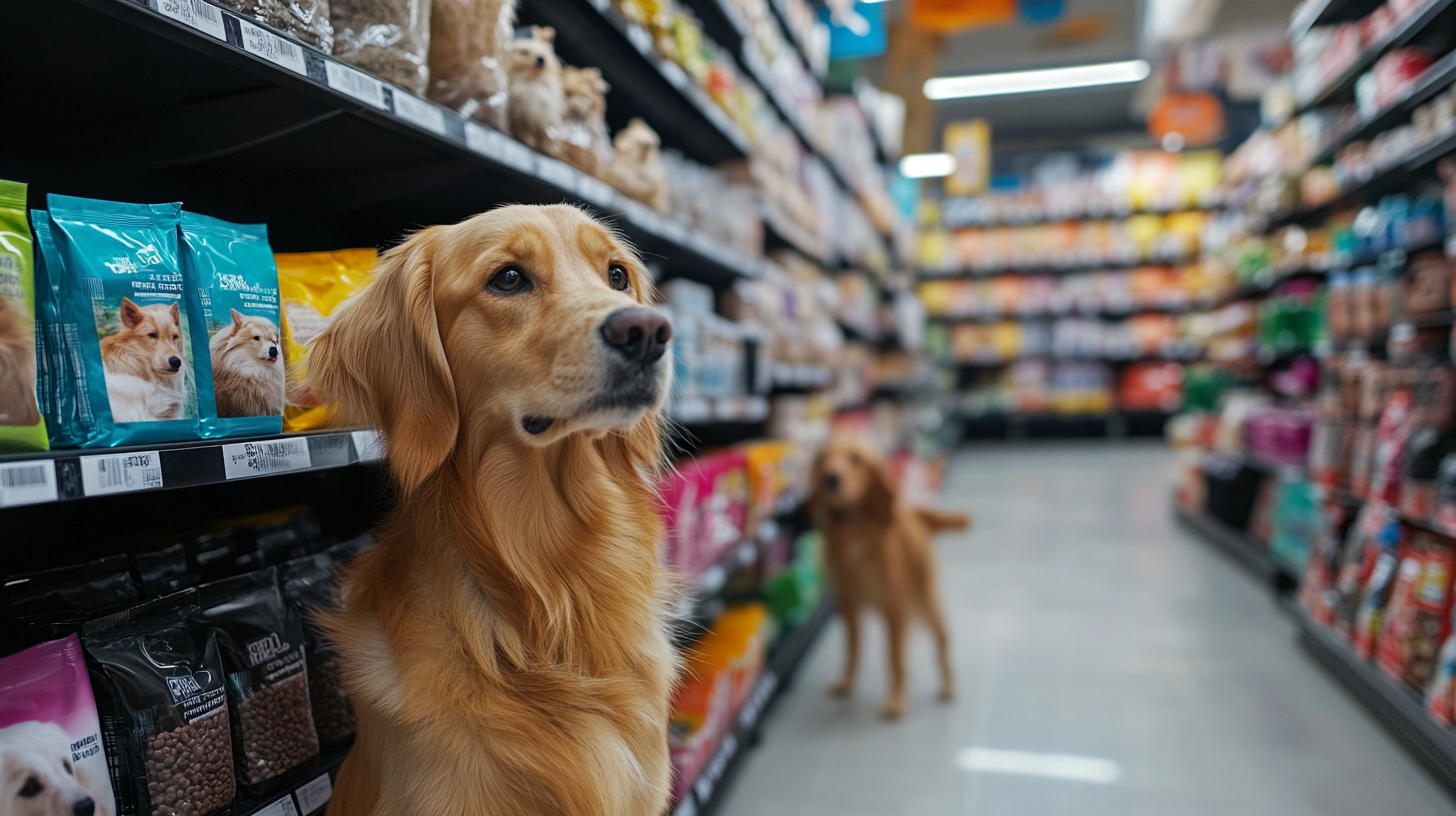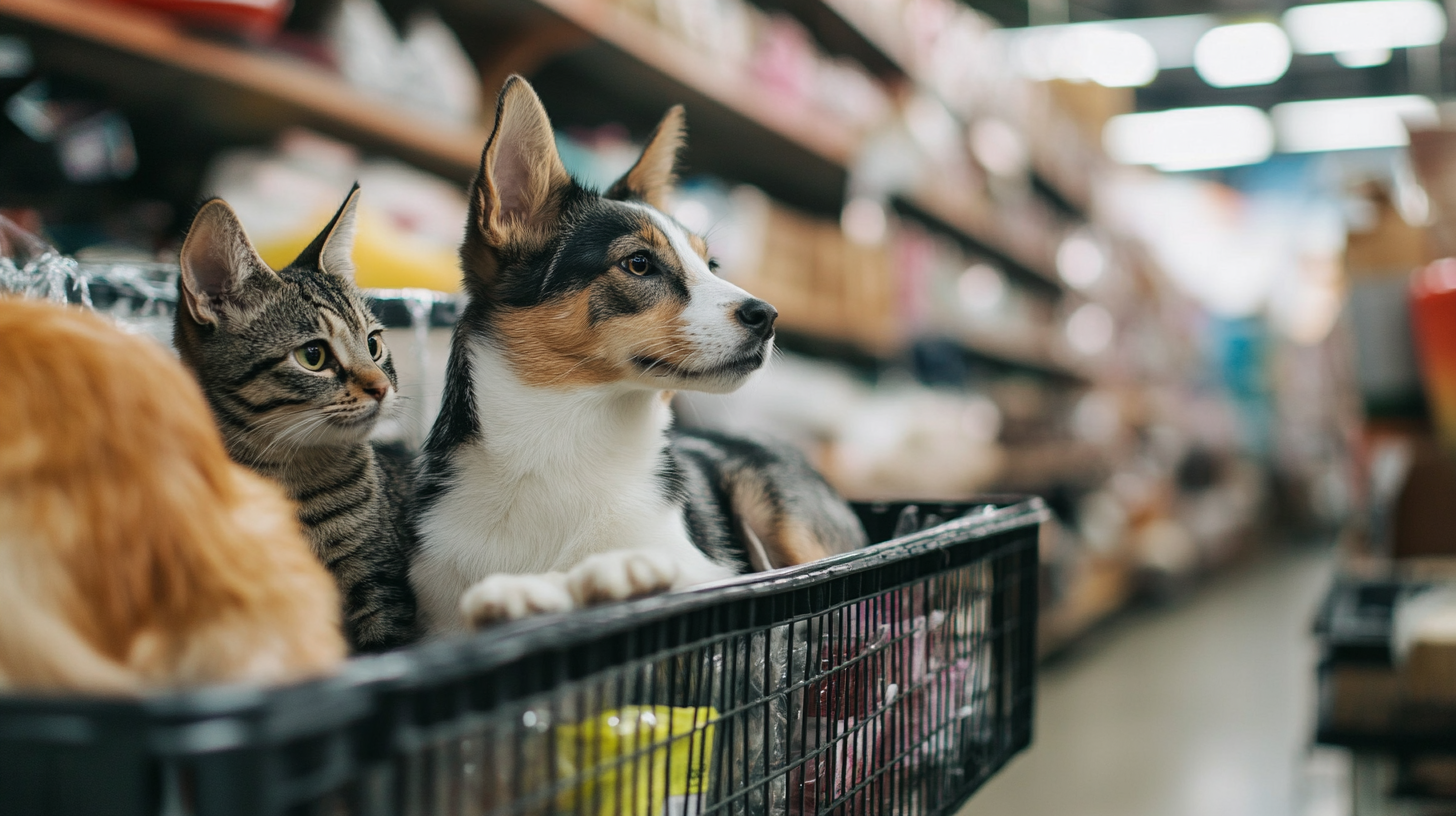The pet industry has experienced significant growth in recent years, transforming the landscape of Pet Products Wholesale into a dynamic and lucrative sector. As pet ownership continues to rise globally, so does the demand for innovative and diverse products that cater to the needs of our beloved companions. This evolution is marked by an increasing number of businesses entering the wholesale market, introducing cutting-edge solutions ranging from eco-friendly toys to smart feeders. The expansion of e-commerce platforms and the influence of social media on consumer preferences have further driven changes within this marketplace. In this blog, we will explore how the Pet Products Wholesale industry has adapted to these trends, the impact of globalization on product offerings, and what the future may hold for wholesalers in an increasingly competitive and sophisticated environment. Join us as we delve into the factors shaping this vibrant sector and the opportunities that lie ahead.

The pet products wholesale industry is experiencing a monumental shift driven by several key trends. According to a recent report from Grand View Research, the global pet care market is expected to reach $350 billion by 2027, with a significant portion attributed to pet products. This growth is propelled by an increasing number of pet owners, as around 67% of U.S. households now own a pet, highlighting a substantial consumer base eager for innovative products.
One of the most impactful trends in today’s market is the rise of sustainability. Consumers are becoming increasingly environmentally conscious, pushing wholesalers to source eco-friendly materials and offer recyclable packaging. Research from Nielsen indicates that 73% of millennials are willing to pay more for sustainable products, creating a strong incentive for wholesalers to align their inventory with this demand. Additionally, the shift towards e-commerce has reshaped distribution channels, making online shopping the preferred method for many pet owners. A report by Statista reveals that online sales of pet products have surged by over 30% in the past year alone, underscoring the importance of digital presence for wholesalers in this evolving landscape.

The global pet products market is experiencing a dramatic evolution, heavily influenced by key factors that are driving the demand for pet products. With 47% of pet owners being first-time adopters, there's a significant shift in how pets are perceived and integrated into the family dynamic. Over one-third of pet owners—37%—consider their pets as the most important part of their lives, which underscores the emotional connection and responsibility associated with pet ownership. This trend is particularly prominent as more households choose to welcome pets into their homes, from dogs and cats to small mammals and reptiles.
As the pet population continues to grow, so too does the need for an extensive range of pet products. The anticipated growth of the global pet products market to approximately 1.6259 trillion yuan by 2024 highlights this burgeoning demand. Pet-related spending is becoming a significant part of household budgets, influenced by trends towards premium products and tailored nutrition. The rise of the pet economy reflects a broader shift in consumer behavior, showcasing a willingness to invest in high-quality items that cater to the specific needs of pets, thus transforming the landscape of the pet products industry.
| Year | Market Size (Billion USD) | Growth Rate (%) | Key Driving Factors | Popular Product Categories |
|---|---|---|---|---|
| 2019 | 102.5 | 5.4 | Increasing pet ownership, Rising disposable income | Food, Accessories, Health Products |
| 2020 | 113.1 | 10.5 | Pandemic influence, E-commerce growth | Food, Toys, Grooming Products |
| 2021 | 124.8 | 10.5 | Continued online shopping, Innovation | Health Food, Wearables, Eco-friendly Products |
| 2022 | 136.5 | 9.5 | Sustainability focus, Health awareness | Organic Products, Prescription Diets, Smart Products |
| 2023 (estimated) | 149.0 | 9.1 | Pet humanization, Technological advances | Premium Foods, Digital Monitoring, Customizable Products |
The rise of e-commerce has dramatically transformed the landscape of pet product distribution, creating new opportunities for businesses and consumers alike. With the convenience of online shopping, pet owners can easily access a diverse range of products from around the world without having to visit physical stores. This shift has not only expanded product availability but has also encouraged innovative brands to enter the market, catering to specific needs such as organic pet food or eco-friendly accessories.
Moreover, e-commerce platforms are optimizing the wholesale distribution of pet products by providing retailers with advanced tools for inventory management and customer engagement. Through robust online marketplaces, wholesale suppliers can reach a larger audience and streamline their operations. This facilitates a more efficient supply chain, where retailers can quickly reorder stock and respond to changing consumer demands. As the global pet market continues to grow, the integration of e-commerce in wholesale distribution is likely to play a crucial role in shaping the future of pet products, making them more accessible and tailored to pet owners' preferences.
This pie chart illustrates the market share distribution of various channels in the pet products industry. E-commerce leads with 45%, followed by traditional retail at 30%. Wholesale and direct sales contribute significantly but are less dominant in the current landscape.
As the pet products wholesale market expands globally, sustainability practices are becoming increasingly integral to manufacturing processes. With a report from Grand View Research projecting the pet products market to reach $269.9 billion by 2025, manufacturers are realizing that aligning with eco-friendly practices not only appeals to consumers but also fosters long-term growth. Around 70% of pet owners prioritize sustainability when selecting products, creating a compelling business case for wholesalers to adopt greener practices.
Moreover, sustainable materials like recycled plastics and organic fabrics are gaining traction. According to a study by the Pet Sustainability Coalition, 45% of pet product companies are investing in sustainable sourcing and production methods. These practices not only reduce the ecological footprint but also help in streamlining costs and improving brand loyalty. As consumer demand for transparency rises, the wholesale sector is expected to enhance its reporting on sustainability initiatives, ensuring that ethical considerations are at the forefront of business strategies. This evolution signifies a pivotal shift in the pet industry, where environmental responsibility and innovation go hand in hand.
This chart illustrates the growth in demand for sustainable pet products wholesale from 2020 to 2023, highlighting the increasing consumer preference for environmentally friendly options in the pet industry.
The wholesale market for pet products is experiencing significant transformations, driven by innovations and emerging consumer trends. One standout opportunity lies in the integration of technology within the pet care space. Smart pet products, from automated feeders to health-monitoring devices, are gaining traction as pet owners seek ways to enhance their pets' well-being while simplifying their own lives. This technological push represents a shift toward a more connected and interactive pet ownership experience, paving the way for new business models in wholesale distribution.
However, the industry also faces challenges that could impede its potential growth. Supply chain disruptions, exacerbated by global events, are leading to uncertainty and inflated costs. Additionally, as consumer preferences evolve, wholesalers must adapt quickly to meet the demands for sustainable and ethically produced pet products. Navigating these obstacles requires strategic planning and a keen understanding of market dynamics. Addressing these challenges not only ensures competitiveness but also helps wholesalers align with the values of today's conscious consumers, ultimately positioning themselves for future success in a rapidly changing landscape.
